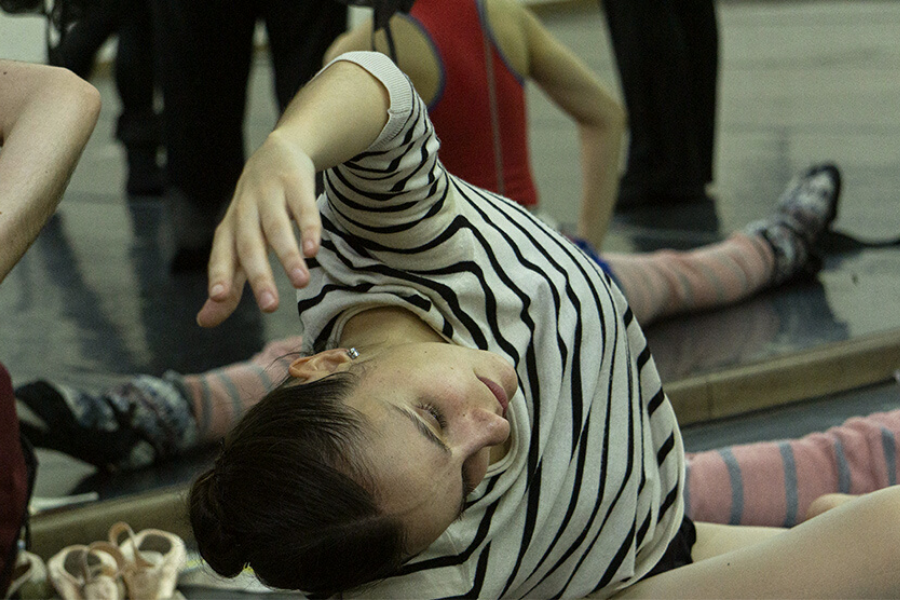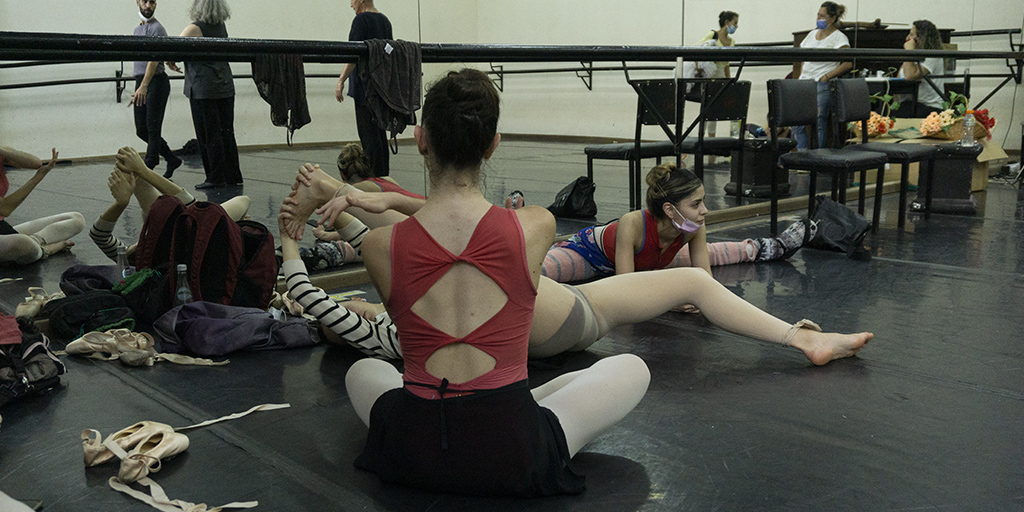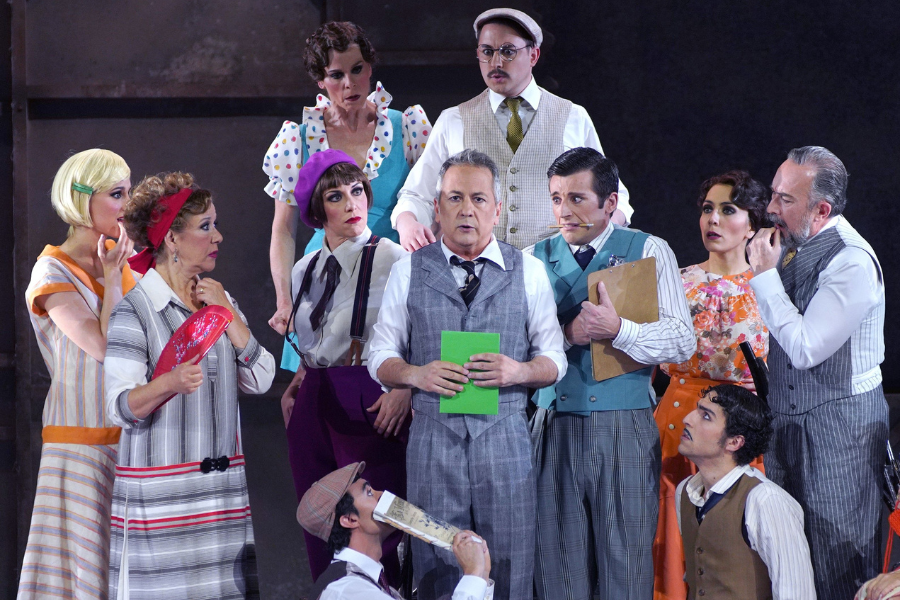Marius Petipa and his legacy in dance arrive at the Teatro del Libertador

The creativity and technique of the choreographer reformulated the way of conceiving creation for ballet. His classic choreography for Swan Lake takes the stage at the Teatro del Libertador on May 5 with the general direction of Hadrian Ávila Aruza.
The ballet classic Swan Lake goes on stage on Thursday 5 (8:00 p.m.), Saturday 7 (7:00 p.m.), Sunday 8 (7:00 p.m.) and Tuesday 10 (8:00 p.m.), with the Official Ballet of the Province and the Córdoba Symphony Orchestra, at the Teatro del Libertador San Martín, and general direction of Hadrian Avila Aruza.
It is the first major production of the theater after the period of preventive isolation and the gradual return of activities, until forming a major production in which all the scenic and artistic dependencies intervene.
The original choreography, with music by Piotr Ilich Tchaikovsky, is by Julius Reisinger. However, the work achieved worldwide fame following a new choreography by Marius Petipa and Lev Ivanov.
The choreographer of the Imperial Ballet
“Marius Petipa was a French choreographer, ballet master and dancer. In 1847 he settled in Imperial Russia, in Saint Petersburg, where he worked for 60 years,” says the Artistic Director of the Official Ballet of the Province, Laura Fiorucci.
“The Imperial Theater brought together artists of great stature who were at the service of magnificent stagings”, affirms the director. “Petipa’s works required a high technical level from their performers, and he had the best dancers of his time; the best composers, set and costume designers were under his baton; he also had the financial support of the royal house”, add.
The choreographer Marius Petipa “had a high sense of elegance and hated acrobatism. He tried to preserve and enrich the romantic heritage, taking the tradition to its highest levels,” says Laura Fiorucci.

“Petipa created 55 ballets, 21 in collaboration with other choreographers and 37 choreographies for operas, a large production of works that today constitute the largest choreographic legacy left by a single person,” says Laura Fiorucci, Artistic Director of the Official Ballet of the Province of Cordova.
A comprehensive view of dance
The ballet’s artistic director continues: “During Petipa’s 60-year career at the helm of the Imperial Ballet, she reshaped the role of the male and female dancer by bringing out the best of each physical ability.”
“In the creation of his choreographies -continues the director Laura Fiorucci-, he was meticulous and wrote in a notebook the various evolutions that the score required, the characters, entrances, exits, details of the structures and designs of the dance body, costume and set ideas. Petipa married the tradition of Italian speed with the heritage of the elaborate French adagio.”
The ballet teacher and disciple of the great Venezuelan choreographer, Vicente Nebrada, highlights: “Another detail would make Petipa the most suitable choreographer for the vast Russian stages: his exquisite handling of the dance corps. These innovations turned the dance corps into the favorite of the public, developing a very important part of the ballets that were put on stage. His objective in the ballets was to show how wonderful they were.”
Genius and figure
Finally, Laura Fiorucci concludes: “Petipa created 55 ballets, 21 in collaboration with other choreographers and 37 choreographies for operas, a large production of works that today constitute the greatest choreographic legacy left by a single person.”





